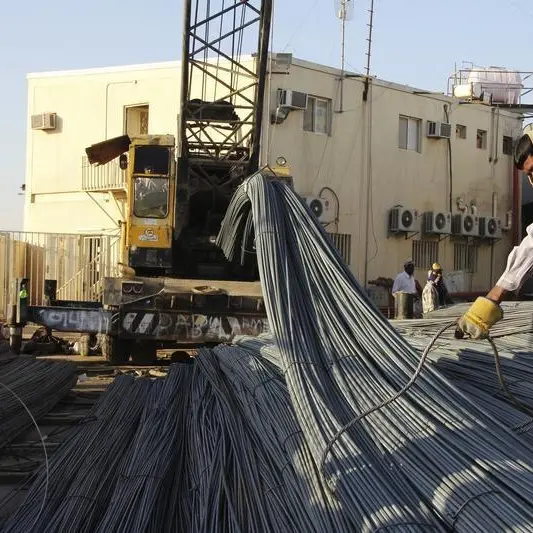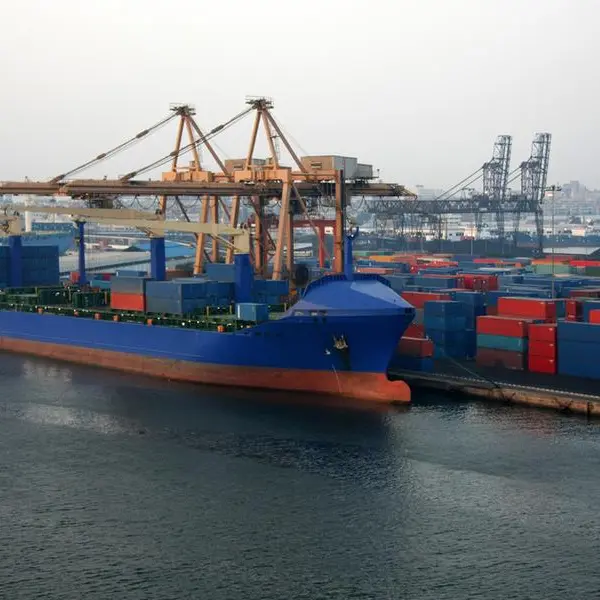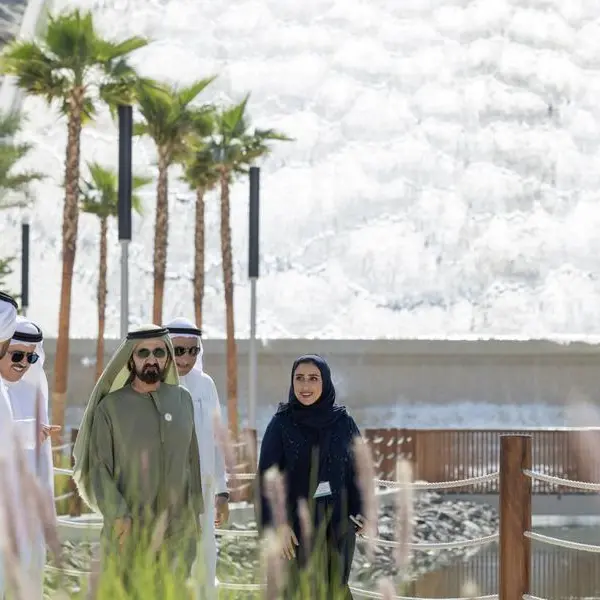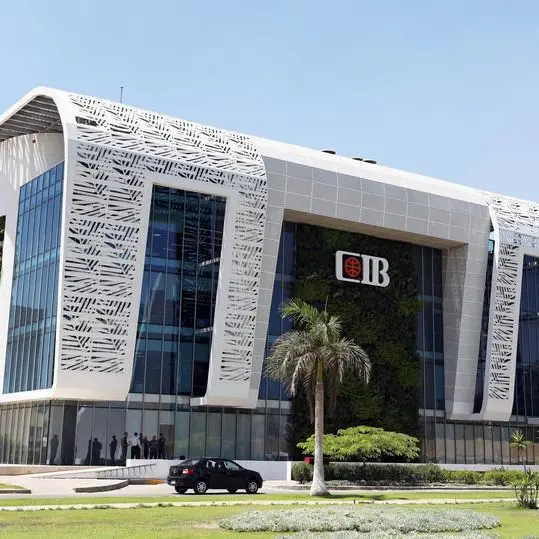PHOTO
World Green Building Council (WorldGBC) and its network of over 70 Green Building Councils are #BuildingtoCOP27 by launching Circularity Accelerator — a global programme to accelerate the adoption of circular economy and resource efficiency principles in the building and construction sector.
A WorldGBC global programme, Circularity Accelerator aims to catalyse the adoption of circular economy and resource efficiency in the building and construction sector.
To tackle the climate and resource impact of the built environment and to support the ambitions of the UN’s Sustainable Development Goals and the Paris Agreement, WorldGBC’s Circularity Accelerator convenes the WorldGBC network of 70+ Green Building Councils and their 36,000 members to work towards WorldGBC’s circularity and resource efficiency goals:
*2030 goal: The sustainable management and efficient use of natural resources within the built environment, achieving zero waste to landfill targets and working towards a built environment with net zero whole life resource depletion
*2050 goal: A built environment with net zero whole life resource depletion, working towards the restoration of resources and natural systems within a thriving circular economy
Last week, the United Nations (UN) had reported that there is a 50% chance of exceeding 1.5°C of global heating in the next five years. Between the UN Climate Summit of COP21 in Paris and COP26 in Glasgow, the global economy consumed 70% more raw materials than the Earth can safely replenish, it stated.
Our planet thrives through circular, natural and regenerative systems, which are being damaged by the impacts of the built environment:
•The built environment is responsible for 37% of global energy-related carbon emissions, and the construction sector accounts for around 40% of global resource demand every year. By 2050, two thirds of the global population will live in cities, consuming 75% of the world’s natural resources, producing 50% of global waste and over 60% of greenhouse gas (GHG) emissions.
•Over one-third of the materials used worldwide are for buildings, but less than 9% of global materials consumed are circular, i.e. kept in productive cycles of use.
•The impact of this resource use-associated GHG emissions and pollution and plunging biodiversity accelerates climate change and the decline of life-sustaining ecosystem services such as the maintenance of clean water and productive soils.
Cristina Gamboa, the Chief Executive Officer of WorldGBC, said: "The UN has reported we have a 50% chance of exceeding 1.5°C of global heating in the next five years. Over one-third of the materials used globally are for buildings, but less than 9% of global materials consumed are kept in productive cycles of use."
"The impact of this resource use — associated GHG emissions and pollution and plunging biodiversity — accelerates climate change and the decline of life-sustaining ecosystem services such as the maintenance of clean water and productive soils. These impacts unequally affect the most vulnerable communities and economies around the world. But that can and must change," observed Gamboa.
"To scale the implementation of resource efficiency solutions as we approach COP27, our new Circularity Accelerator programme is already bringing together experts and leaders from across our Green Building Council network to drive the implementation of resource efficiency actions to scale sustainable built environments for everyone, everywhere," she added.
Working with leading businesses and policymakers including the three Circularity Accelerator’s Global Partners — Brightworks, Foster + Partners and Ramboll — this programme will serve as a platform for raising and aligning ambition across the building and construction industry, and create heightened demand for resource efficiency solutions to be implemented before the end of the decade.
Phil Kelly, Director, Head of Sustainability for Buildings UK Ramboll said: "To deliver the impact circularity can have, collaboration across the supply chain is absolutely essential. This is why Ramboll is proud to be a Global Partner for the WorldGBC’s Circularity Accelerator project."
"We look forward to working together through this platform to deliver the much needed tools and thought leadership to regional industry networks across the globe," noted Kelly.
Chris Trott, Partner and Head of Sustainability, Foster + Partners said: "Our work has shown there is a direct correlation between GHG emissions and material use. Therefore if we are to succeed in reducing our emissions in line with the global commitment to fulfil the Paris Agreement, and to avoid the adverse impacts of resource extraction on health, wellbeing, biodiversity and natural ecology, we must reduce the resource consumption associated with the built environment."
"We welcome the opportunity to collaborate with WorldGBC on this important initiative, which will help generate a better understanding of the issues and how to engage with them in a consistent and impactful way," he stated.
Jorge Chapa, the Head of Market Transformation, Green Building Council Australia, said: "The age of the circular economy is here, and the built environment has an enormous opportunity to contribute to its development. I’m looking forward to working with my peers across the WorldGBC network to establish a global pathway for our industry."
David Symons, UK Director of Sustainability, WSP, said: "Flexible, adaptable, long-life buildings suit occupiers, give increased yields for owners and are better for the environment. WSP is delighted to support this WorldGBC programme and look forward to showing how circular principles in buildings is a practical design approach, not some abstract green philosophy."
Jack Dinning, Materials Specialist Project Manager, Brightworks Sustainability said: "Moving the built environment from a supply chain to a supply circle will take systemic change and an unprecedented amount of collaboration. It is time to take immediate action in executing circular strategies and scale localized models for circularity into regional and global circular economies, one project and relationship at a time."
Dr Anna Braune, Director of Research and Development, German Sustainable Building Council, said: "Circularity in the built environment is the strategy to secure resources and materials for future generations."
"Our current economies can only transform into circular economies with new local, regional and global forms of collaboration and trust," she added.
Copyright 2022 Al Hilal Publishing and Marketing Group Provided by SyndiGate Media Inc. (Syndigate.info).























